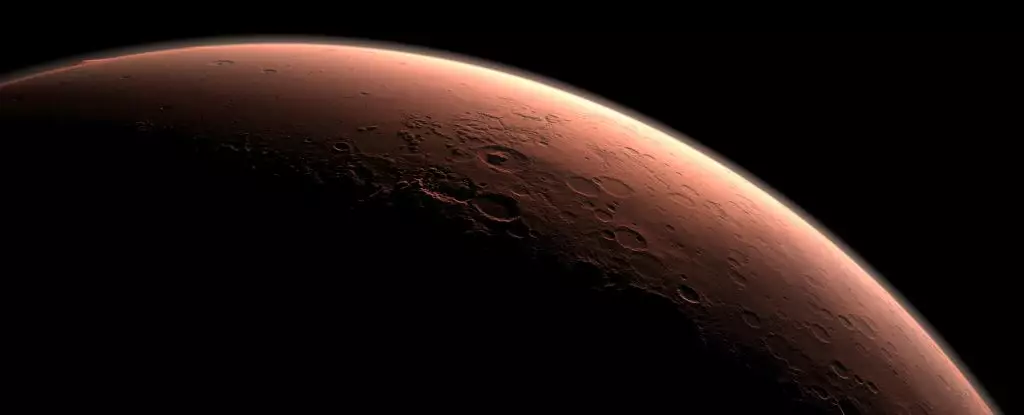The search for extraterrestrial life has been a captivating and ambitious endeavor for scientists and space enthusiasts alike. Mars, often considered the most likely candidate within our solar system, has taken center stage in this quest. Despite decades of exploration, including the iconic Viking missions in the 1970s, definitive evidence of life on the red planet remains elusive. However, recent reflections on past missions may shed new light on our understanding of Martian biology and the very methods we used to seek it.
The Viking landers, dispatched to Mars in 1976, were groundbreaking in their attempt to explore the planet’s surface and analyze its soil for potential biosignatures—indicators of life. Armed with sophisticated scientific instruments, the missions aimed to uncover the existence of life by examining Martian soil samples. Among their objectives was a series of experiments, including the gas chromatograph-mass spectrometer (GCMS), designed to detect organic compounds that could signify biological activity. Unfortunately, the findings were interpreted as inconclusive, primarily due to contamination fears.
Interestingly, subsequent research indicates that some of the compounds detected, originally ascribed to Earthly contamination, could actually be indigenous to Mars. This raises essential questions about our previous conclusions and invites a reevaluation of the Viking’s findings.
One of the more thought-provoking critiques regarding the Viking experiments focuses on their potentially destructive nature. Astrobiologist Dirk Schulze-Makuch has posited that the methods employed could have inadvertently destroyed organic materials we were aiming to find. The high temperatures used by the GCMS, for instance, may have incinerated fragile biological compounds before they could be analyzed. Schulze-Makuch’s commentary encourages us to consider that the very processes we relied on to detect life might have been counterproductive.
Additionally, the Viking missions utilized other controversial techniques, such as infusing Martian samples with water to check for metabolic activity. It was assumed that, much like Earth, Martian life would thrive with the introduction of water. However, Mars is notoriously arid, and there’s a possibility that Martian organisms have adapted to extreme dryness. By subjecting them to flooding, we may have inadvertently drowned life forms that could have been capable of surviving without liquid water.
The shortcomings of the Viking missions inspire a call to action for future explorations of Mars. Schulze-Makuch advocates for a strategic shift in focus towards the biology of Martian soil, emphasizing the need for experiments that are sensitive to the unique conditions of Mars. The exploration of dry-adapted life forms—possibly organisms that could incorporate substances like hydrogen peroxide—may be particularly productive.
Recent developments in our understanding of extremophiles—organisms that thrive in extreme environments—might provide crucial insights into what form life could take on Mars. Rather than presuming conditions necessary for Earth-like life, future Mars missions should prioritize flexibility in experimental design, adapting to potential Martian bacterial resilience against desiccation.
As we embark on a new era of exploration, the lessons learned from the Viking missions will be instrumental in shaping our approach. Missions equipped with a clearer understanding of Martian ecology could yield richer data and more meaningful insights into the possibility of life existing beyond Earth.
International collaborations and advancements in technology are expected to play pivotal roles in shaping our future missions. Robotic rovers and landers equipped with advanced tools could traverse the Martian landscape more effectively, collecting samples and analyzing them through methodologies that minimize the risk of contamination or destruction.
The quest for life on Mars is far from over. The Viking missions, while revolutionary for their time, have opened avenues for rethinking our approach to extraterrestrial biology. Future missions must prioritize a comprehensive understanding of Martian conditions and stick to experimental designs that preserve the integrity of their findings. It is through such rigorous pursuits that we may one day uncover the mysteries of Martian life, if it exists, and expand our comprehension of life’s resilience across the cosmos.

